Views for socio-economic analyses: Blue economy and strategies in the region of the Gulf of Bothnia
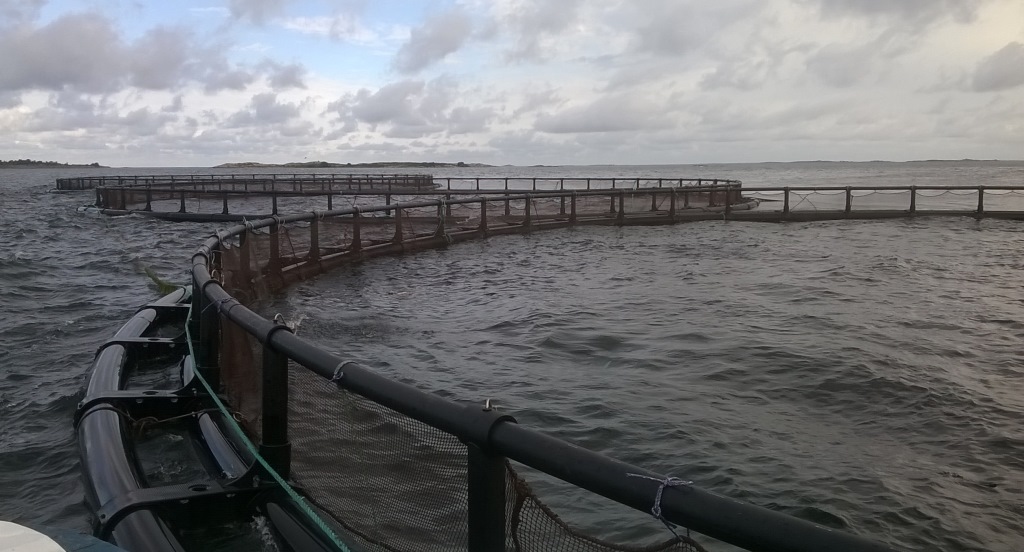
Blue Growth
The common understanding about definition of Blue Growth is still missing and since Blue Growth strategy is not legislative instrument but outlining principles and guidelines, there are called to integrate into relevant (EU/national/local) policies and legislation. Also, these principles and guidelines should be made easier to reach and understand for different actors, not to forget entrepreneurs and companies that might have potential in the sector. Furthermore, the region of the Gulf of Bothnia differences to other EU sea regions various ways, but also differences within the region are notable. Therefore, more collaboration between different actors to support planning in the coastal areas to exploit potential of Blue Growth and maritime spatial planning (MSP) is suitable tool for this task.
Maritime activities include several different industries and activities ranging from tourism and fishing, to mining and transport. Some of the parts forming the whole maritime sector are illustrated below:
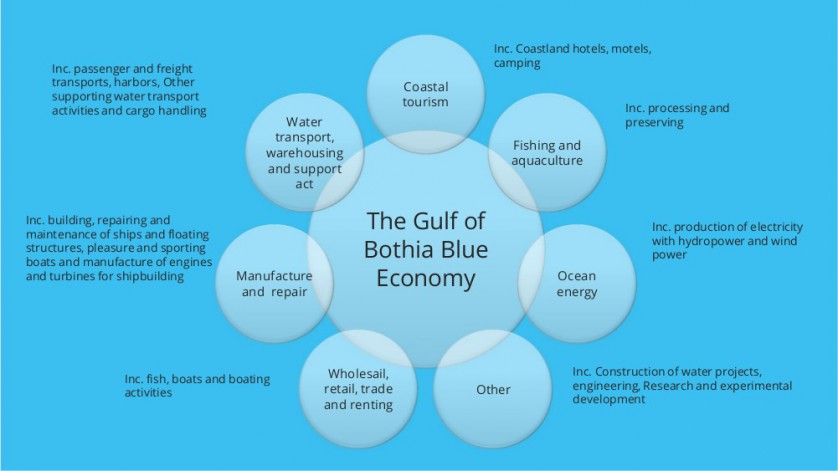
“Blue Growth is the long term strategy to support sustainable growth in the marine and maritime sectors as a whole” (ec.europa.eu/maritimeaffairs)
The Sosio-Economical analysis
While the Blue Growth activities are various by themselves, they do not, however, exist all by themselves. Rather they are surrounded by several economic, social and environmental issues, which will impact them, and which they will impact.
Within the SmartSea project, we analyze the economic, social and environmental impacts of the growth of blue economies. Below, you can see a map describing most important factors affecting the blue growth economies:
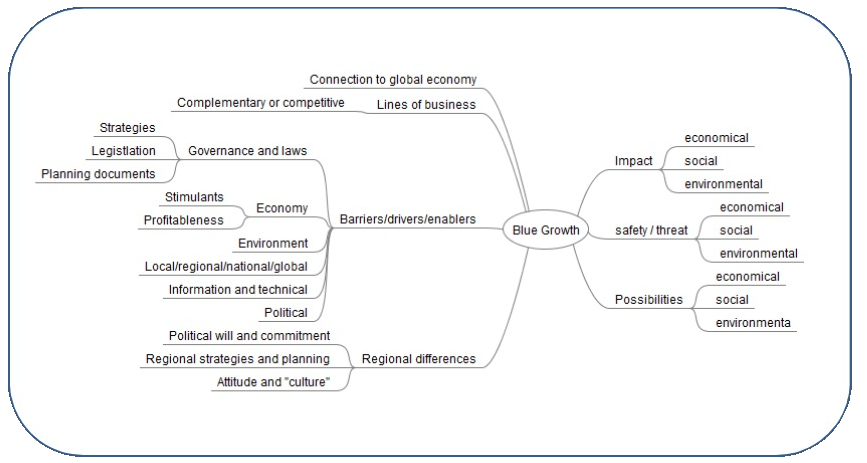
In order to understand these interactions, we need to analyse both statistical databases of the current and past activities, and the current economic state and potential (i.e. turnover and employment) of different blue business sectors in the Gulf of Bothnia. On the other hand we must consider in the analyses the legislation and strategies, which are guiding Blue Growth, but also might act as a hindrance to its growth in the region are mapped.
Current maritime jobs at Gulf of Bothnia
Based on geographical data from Statistics Finland the existing blue economy was defined and grouped. The blue economy in the Gulf of Bothnia consists of two parts; main industries and supporting industries, where main industries include coastal tourism, fishing and aquaculture, ocean energy, manufacture and repair and water transports and warehousing. The number of jobs related to maritime activities is low, only representing about 4% (7174) of the total jobs in the region as illustred in the Figure below representing sectors of blue economy in the Gulf of Bothnia:
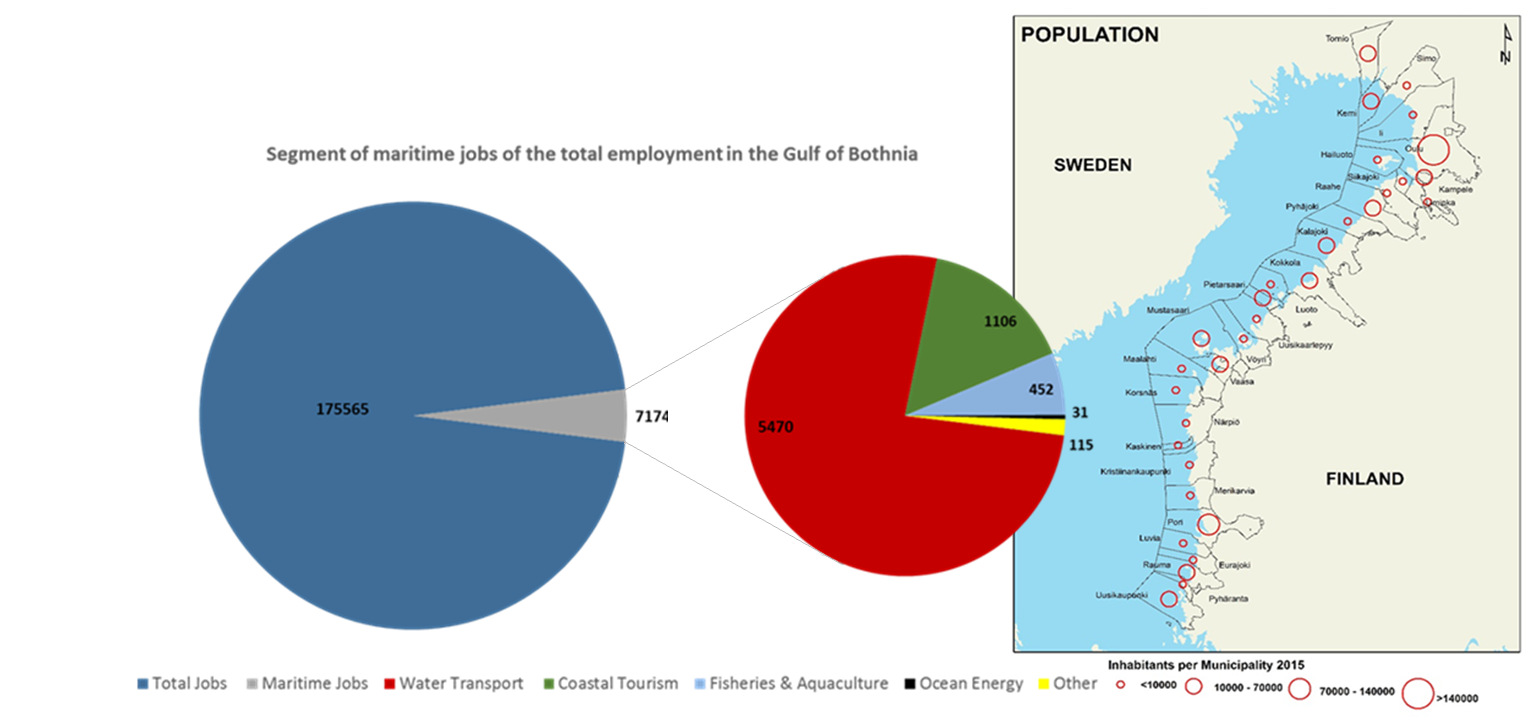
Water transport is in terms of jobs and income the main sector of the current economy in blue economy in the Gulf of Bothnia-region. For regional strategies economic indicators are usually valuable, therefore the economic value of the blue economy of the Gulf of Bothnia region needs to be quantified more comprehensively. Strategies guiding blue economy are numerous and fill the requested need, however blue growth not (at least yet) integrated and thus adds one more ”wished” layer.
Strategies seem to emphasise more sustainable view in the future and are more based on expectations, politics, not so much on economy. According to strategies, coastal tourism seen the most important and potential, biomass and energy is also mentioned. The strategies recognize geographical challenges and current status where the sustainability is noted. However, concrete tools and activities are still weak and those aspects are something that SmartSea could contribute.
How the analysis will benefit?
In order to reach the goal of successful MPS, the locations for existing activities and their quotas need to be determined. As its best, strategies could remove some existing barriers and support blue economy in practice by supporting current know-how and economics activities to develop them more sustainable. Core problems of defining and quantifying multi-sector resources such as the blue economy are:
- Defining the sectors of business of blue economy
- Distinguishing sustainable and growth potential sectors (“Blue Growth” sectors) from marine/blue economy
- Cross sectoral nature of the marine economy
- Difficulty in distinguishing between land-based and sea-based activities
Authors: Jenny Katila, Esteban Rendon, Katariina Ala-Rämi, Sari Repka
Articles
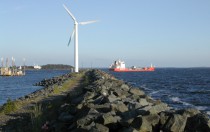
Pohjanlahti merituulienergian tuotantoalueena
Konteksti Merituulienergian laajamittainen rakentaminen on keskeinen askel Suomen tavoitetta hiilivapaaksi yhteiskunnaksi. Suomen merialueista erityisesti Pohjanlahti tarjoaa hyvät olosuhteet energian tuotannolle,
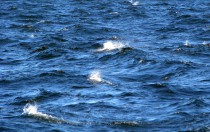
Scientific Articles published in SmartSea
One of the products of the SmartSea are the various scientific articles published by our partners during the project. The
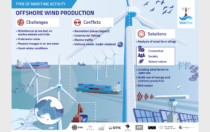
SmartSea Infographics
Offshore wind production, Aquaculture, Fisheries, Blue Well being, recreation and tourism have been key areas of the SmartSea project. We
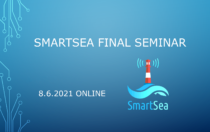
SmartSea Final Seminar/Loppuseminaari 8.6.2021
SmartSea will hold a Final Seminar on the results of the project, and a discussion with stakeholders and affiliates on
